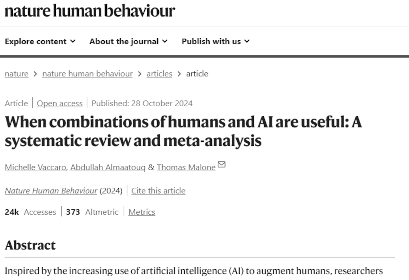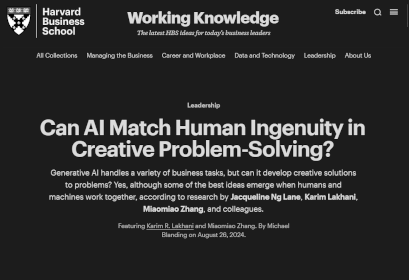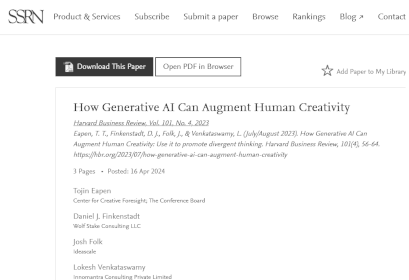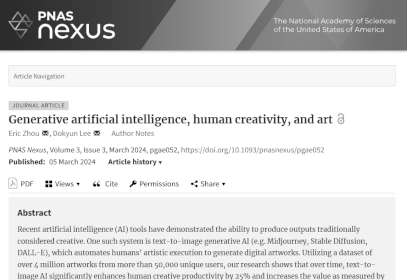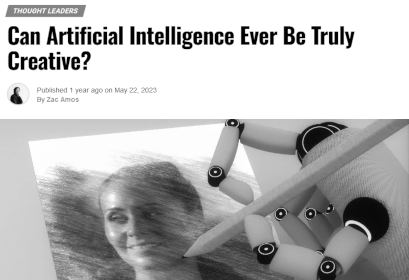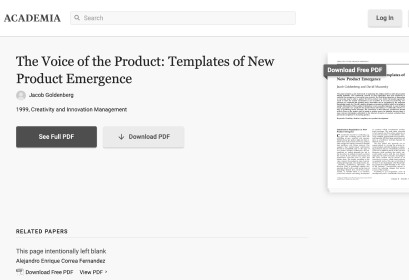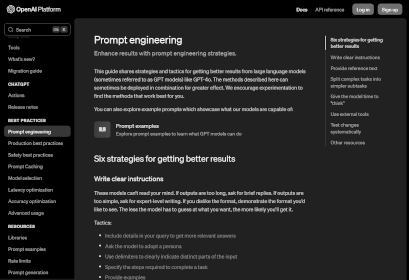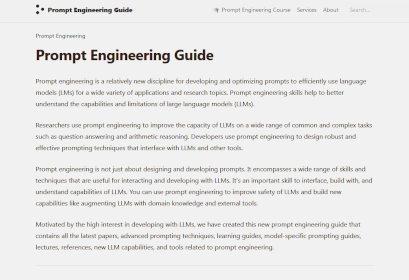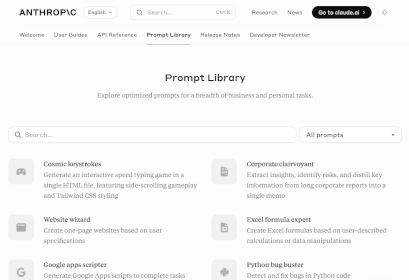
The Process_
The 5 Patterns

1. Subtraction - Imagine removing a key component from a product or process-not to diminish it, but to uncover hidden value. Subtraction challenges us to innovate through simplification, revealing opportunities to streamline, reduce costs, and enhance user experience. It's about discovering more by intentionally doing less.


2. Multiplication - What if duplicating a component, with a twist, could unlock new functionalities? Multiplication involves replicating elements and altering their attributes to enhance performance, introduce redundancy, or cater to diverse user needs. It's a strategy that transforms repetition into innovation.

3. Division - Breaking down a product or process into smaller parts can lead to greater flexibility and customization. Division encourages us to dissect and rearrange components, fostering modularity and adaptability. It's about reimagining the whole by innovating through its parts.


4. Task Unification - Assigning multiple tasks to a single component can streamline operations and add value. Task Unification prompts us to look at existing elements and explore how they can serve additional purposes, enhancing efficiency without adding complexity. It's innovation through resourcefulness.

5. Attribute Dependency - Creating or modifying dependencies between internal and external attributes of a product and its environment can lead to dynamic solutions. Attribute Dependency involves establishing relationships that adapt to changing conditions or user preferences, enabling products to evolve contextually. It's about designing with responsiveness in mind.
The 5 Principles

1. Closed World Principle - Solve it with what you've got. Innovation starts not with endless options, but focused constraints. The Closed World Principle directs us to find solutions using only the elements within the product or its immediate environment. This sharpens creativity and encourages resourcefulness, proving that limits aren't obstacles, they're the launchpad.


2. Function Follows Form - Change first. Discover why later. Instead of starting with a need, we start with a change. By modifying an existing element then exploring what functions that change might serve, we break free from conventional thinking. This reversal leads to surprising and valuable innovations that wouldn't surface through traditional problem-solving.

3. Principle of Constraint - Limits liberate. We tend to treat constraints as barriers, but in SIT they're powerful tools. A well-placed constraint redirects attention, reshapes the problem space, and triggers novel ideas. Rather than seeing constraints as obstacles, we embrace them as essential to focused, high-impact creativity.

4. Cognitive Fixedness - See beyond what you "know." Cognitive Fixedness is the invisible mental glue that binds objects to their traditional roles. By naming and breaking these assumptions, about how things work or should look, we can reimagine the familiar. Innovation demands this mental flexibility and disciplined reframing.

5. Path of Most Resistance - Don't default to the obvious. Our brains crave shortcuts, but innovation rarely lives in the obvious. The Path of Most Resistance principle invites us to intentionally resist easy answers and habitual choices. By exploring the counterintuitive, the inconvenient, or the overlooked, we uncover ideas others missed.
Form
- Framing the Challenge - Adding Context - Principle of Constraints
- Define the Closed World - List the Elements - Closed World Principle
- Pattern Selection - Apply to components - Generate Ideas
Function
- Visualize the Product - Define Name and Image - Break Fixedness
- What is the Benefit? Should we do it? Market Filter and Empathy
- Can we do it? Feasibility? Implementation Filter. Adapt and Refine, Repeat Process, Scale Your Closed World if necessary
* How we implement FFF
Research_
Prompt Engineering_
By clicking "Accept Cookies", you agree to cookies being stored on your device.
